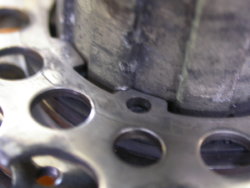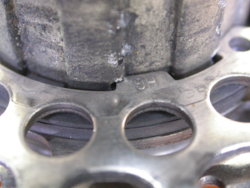EasyPeez
Veteran
- Location
- Cottingham, East Yorkshire
I've got Hope RS2 hubs on my road bike and interchange between a 10 speed 105 cassette (11-28) and a HG-500 (11-32) depending on what riding I'm doing.
Just now I saw this:
https://singletrackworld.com/forum/topic/hope-pro-2-and-stuck-cassette-help/
Nothing that came packaged with the hubs mentioned anything about needing to use only cassettes with an alloy carrier, nor did my LBS who built my wheels.
Both my cassettes are recently bought and pretty much good as new - do I need to stop using them?
I'll be a bit miffed if these components are essentially incompatible. I've searched the Hope website in vain for any mention of cassette compatibility issues, including the RS4 hubs manual pdfs etc.
Thanks in advance for any help.
Andy
Just now I saw this:
https://singletrackworld.com/forum/topic/hope-pro-2-and-stuck-cassette-help/
Nothing that came packaged with the hubs mentioned anything about needing to use only cassettes with an alloy carrier, nor did my LBS who built my wheels.
Both my cassettes are recently bought and pretty much good as new - do I need to stop using them?
I'll be a bit miffed if these components are essentially incompatible. I've searched the Hope website in vain for any mention of cassette compatibility issues, including the RS4 hubs manual pdfs etc.
Thanks in advance for any help.
Andy


